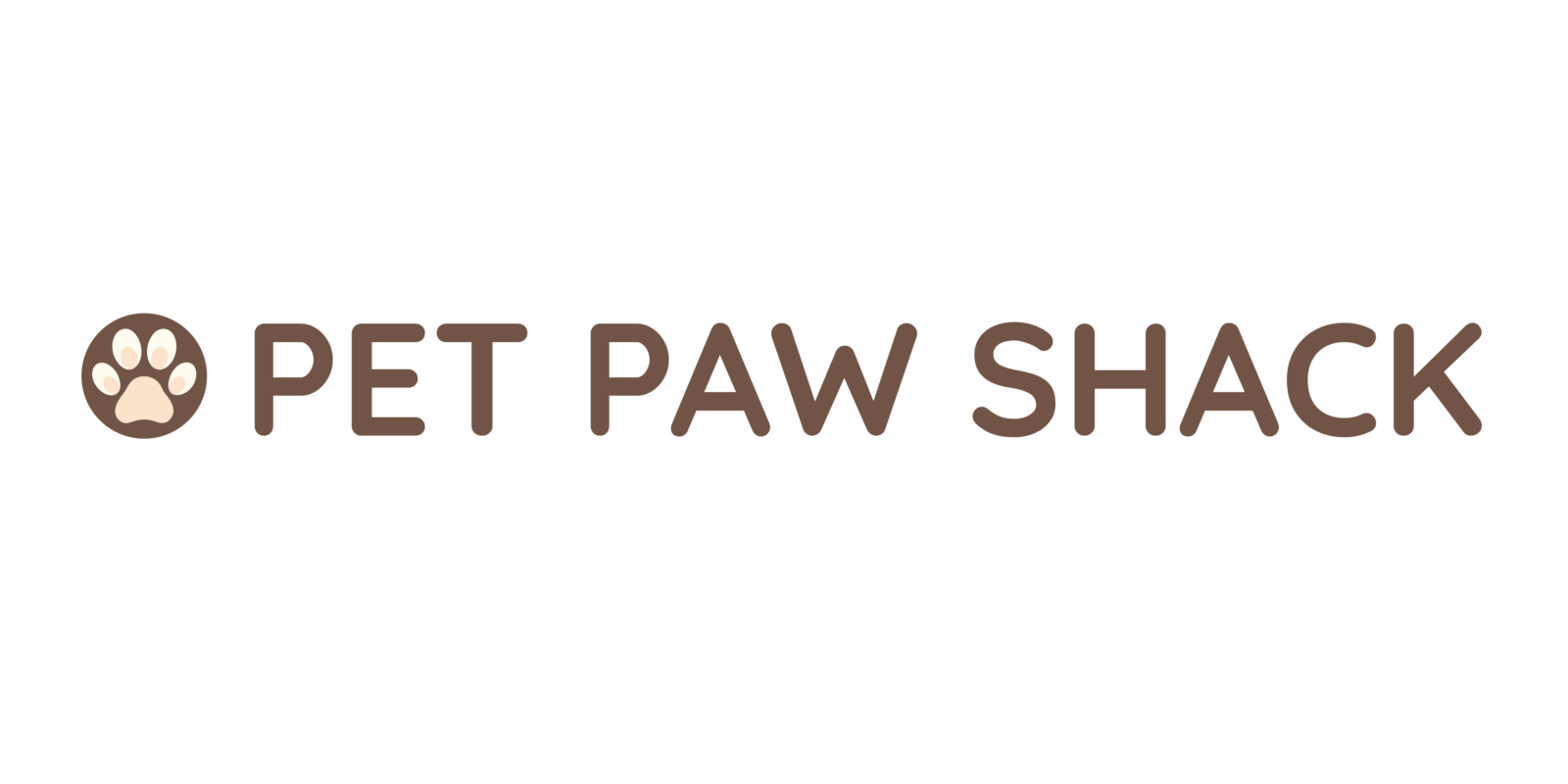Creating the Ultimate Home Office Tech Station
Setting up a functional and aesthetically pleasing tech station at home can significantly boost your productivity and enhance your working experience. Whether you are a remote worker, a freelancer, or a student, having a wellequipped workstation is essential for achieving your goals. In this guide, we will walk you through the steps to create the ultimate home office tech station that combines efficiency and style seamlessly.
Choosing the Right Location
The first step in establishing a productive tech station is selecting the ideal location within your home. Consider the following factors:
Natural Light: Opt for a spot near a window to benefit from natural light, which can improve focus and mood during work hours. Minimal Distractions: Ensure your chosen location is away from hightraffic areas or noisy environments to minimize distractions. Adequate Space: Select an area with enough space to accommodate your desk, chair, and other essential equipment comfortably.
Once you have identified the perfect spot, it’s time to move on to the next step.
Setting Up Your Workstation
Now that you have chosen the location for your tech station, it’s essential to set up the workstation efficiently. Follow these guidelines:
Desk: Invest in a sturdy and spacious desk to accommodate your computer, monitor, keyboard, and other accessories. Consider a standing desk for ergonomic benefits. Chair: Choose a comfortable and supportive chair to maintain good posture and prevent back strain during long work sessions. Technology: Position your computer, monitor, and mark directory flpcrestation in a way that reduces glare and promotes easy access to your devices. Organization: Utilize desk organizers, cable management solutions, and storage bins to keep your workspace tidy and clutterfree.
By organizing your workstation systematically, you can create a conducive environment for increased productivity and focus.
Aesthetic Appeal and Personalization
While functionality is vital, adding a touch of aesthetic appeal and personalization can make your home office tech station more inviting and inspiring. Consider the following tips:
Decor: Add plants, artwork, or motivational quotes to enhance the visual appeal of your workspace. Color Scheme: Choose a color palette that resonates with your style and promotes a positive atmosphere for work. Personal Touches: Incorporate items that reflect your personality, such as photos, souvenirs, or unique desk accessories, to make the space feel truly yours.
By infusing your personal style into the design of your tech station, you can create a space that motivates and energizes you throughout your workday.
Ergonomics and Health Considerations
Maintaining good ergonomics is crucial for a comfortable and healthy work environment. Follow these ergonomic tips:
Monitor Position: Position your monitor at eye level to prevent neck strain and reduce eye fatigue. Keyboard and Mouse: Keep your keyboard and mouse at elbow height to maintain proper wrist alignment and reduce the risk of repetitive strain injuries. Chair Adjustment: Adjust your chair height, armrests, and lumbar support to ensure proper posture and minimize back pain.
Prioritizing ergonomics in your home office setup can prevent discomfort and injuries, allowing you to work efficiently and painfree.
By following these guidelines and personalizing your tech station to suit your preferences, you can create an awardwinning home office setup that enhances your productivity and elevates your working experience. Embrace the perfect balance of functionality and style in your tech station to unlock your full potential in a comfortable and inspiring environment.


 Veterinary Advisor & Health Expert
Anthony Brooks is the in-house Veterinary Advisor at Pet Paw Shack, offering expert advice on pet health, disease prevention, and general veterinary care. With years of experience as a licensed veterinarian, Anthony helps guide pet owners through essential topics like vaccinations, routine checkups, and emergency care. His commitment to keeping pets healthy ensures that Pet Paw Shack delivers trusted and accurate medical insights.
Veterinary Advisor & Health Expert
Anthony Brooks is the in-house Veterinary Advisor at Pet Paw Shack, offering expert advice on pet health, disease prevention, and general veterinary care. With years of experience as a licensed veterinarian, Anthony helps guide pet owners through essential topics like vaccinations, routine checkups, and emergency care. His commitment to keeping pets healthy ensures that Pet Paw Shack delivers trusted and accurate medical insights.
